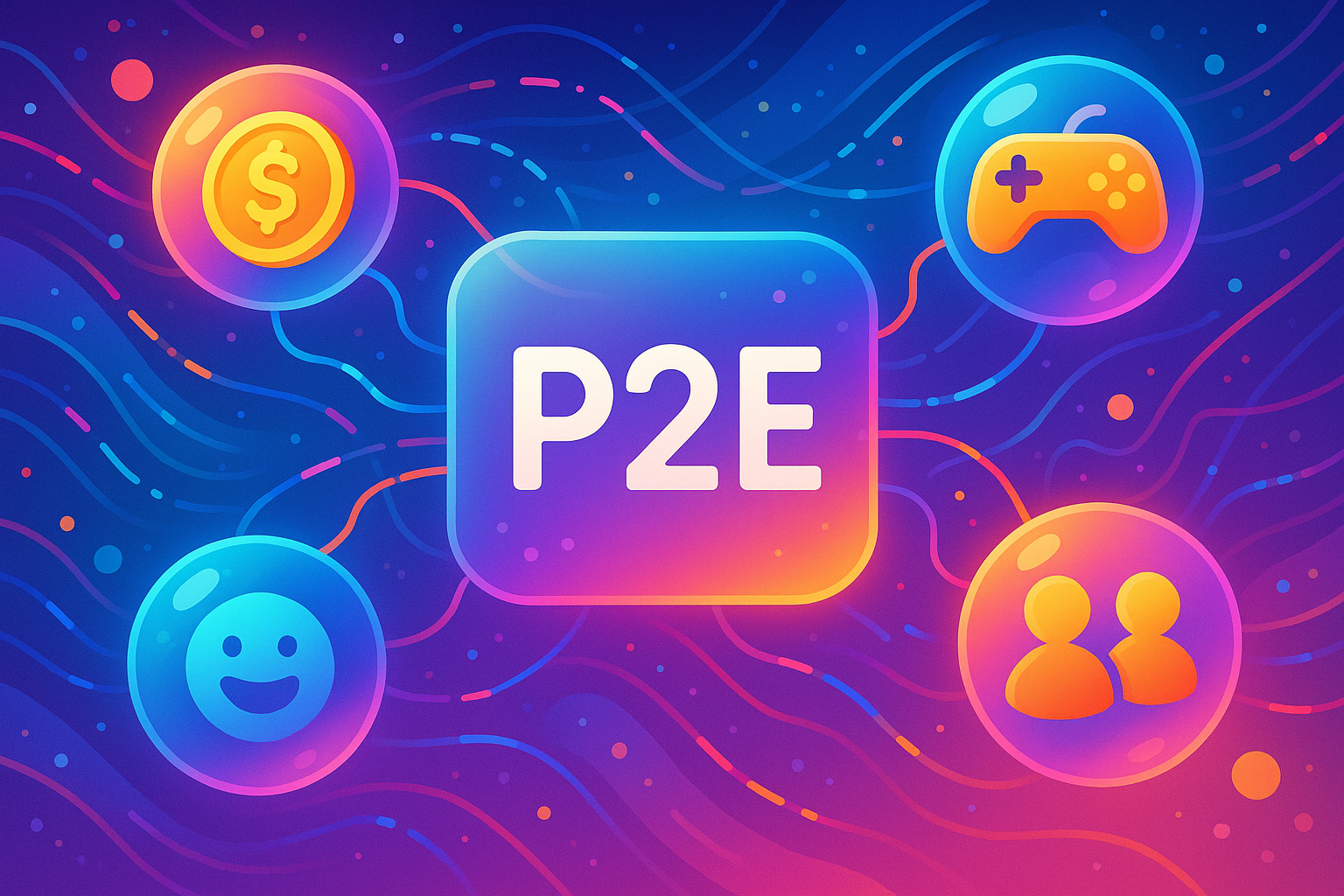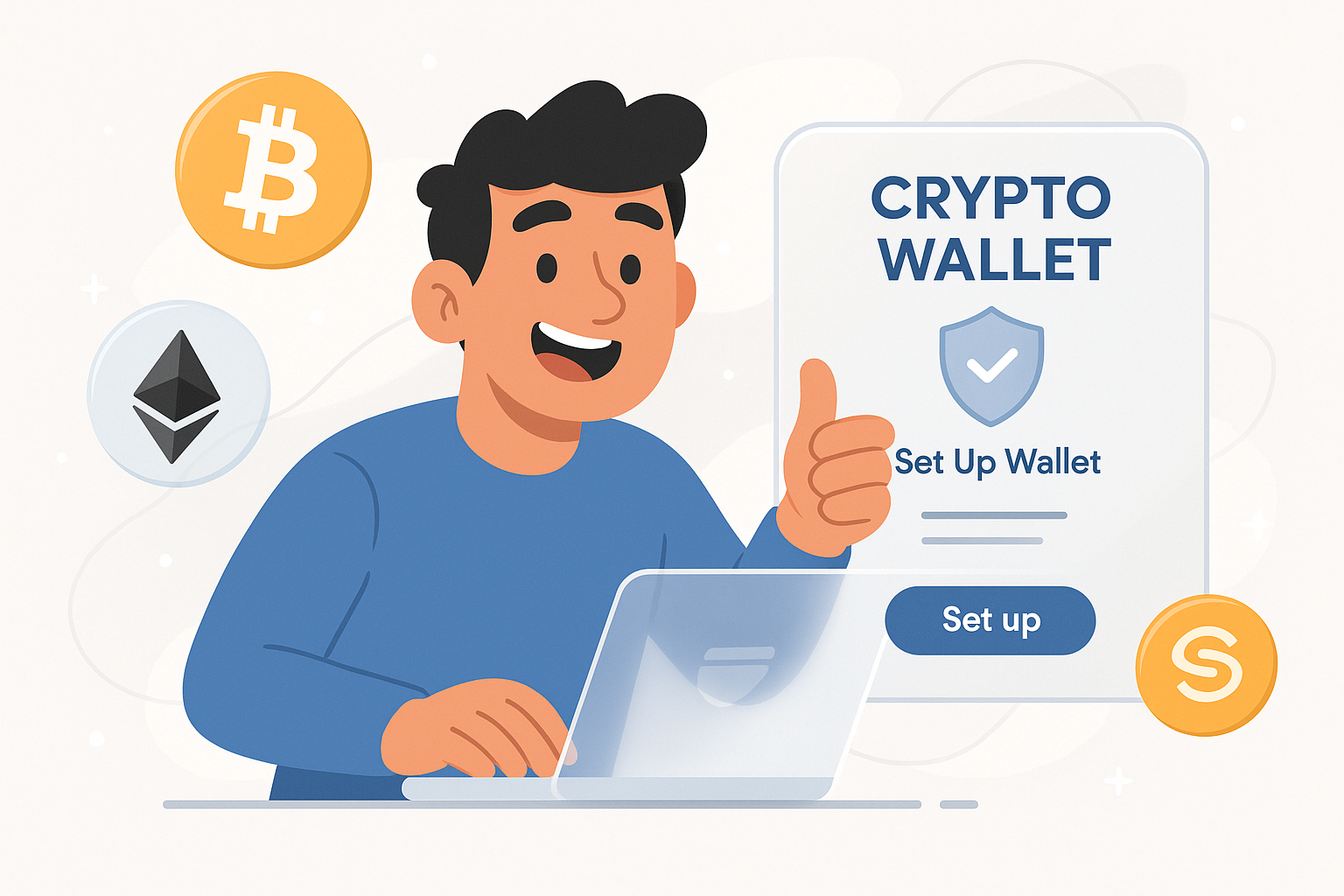Your First P2E Game: What You Need to Know
The world of gaming is undergoing a massive transformation. For decades, the model has been simple: you pay for a game and play for fun. While in-game purchases became the norm, the value you accrued was always locked within the game's ecosystem. But what if you could truly own your in-game items? What if your time and skill could translate into real-world value? Welcome to the revolutionary world of Play-to-Earn (P2E) gaming.
What Exactly Are P2E Games?
P2E games, also known as blockchain or crypto games, are video games that leverage blockchain technology to give players ownership of their in-game assets and reward them with digital assets that have real-world value. Instead of just playing for entertainment, you're also playing to earn. These earnings come in the form of cryptocurrencies or Non-Fungible Tokens (NFTs).
This model flips traditional gaming on its head. Instead of developers having complete control over the in-game economy, P2E games introduce decentralized, player-driven economies. This creates a dynamic where players, developers, and the community are all incentivized to participate and contribute to the game's success.

The Core Components: Cryptocurrency and NFTs
To understand P2E, you need to grasp two fundamental concepts: cryptocurrency and NFTs. Cryptocurrencies are digital or virtual tokens that use cryptography for security. In P2E games, these often function as the in-game currency. You might earn them by completing quests, winning battles, or participating in tournaments. These tokens can then be traded on cryptocurrency exchanges for other digital currencies or even traditional fiat money.
NFTs, or Non-Fungible Tokens, are unique digital assets that represent ownership of a specific item. In the context of gaming, an NFT could be anything from a rare sword or a unique character skin to a plot of virtual land. Because each NFT is unique and its ownership is recorded on a blockchain, it provides verifiable proof of ownership. This means that the rare item you've earned is truly yours to keep, trade, or sell, both inside and outside of the game. This concept of true digital ownership is a cornerstone of the P2E revolution.
Getting Started on Your P2E Journey
Diving into your first P2E game can seem daunting, but it's a relatively straightforward process once you break it down. Here's a step-by-step guide to get you started:
- Set Up a Crypto Wallet: Your crypto wallet is your gateway to the world of P2E gaming. It's where you'll store your cryptocurrencies and NFTs. Popular and user-friendly options for beginners include MetaMask and Trust Wallet. When you set up your wallet, you'll be given a "seed phrase" or "recovery phrase." It is absolutely crucial that you write this down and store it in a safe, offline location. Never share it with anyone.
- Choose Your Game: The P2E space is incredibly diverse, with games spanning numerous genres, from strategy and role-playing to card games and virtual worlds. Do some research to find a game that aligns with your interests. Consider factors like the game's community, its economic model, and whether it requires an initial investment. Some games are free-to-play, while others may require you to purchase starter NFTs.
- Connect Your Wallet: Once you've chosen a game, you'll need to connect your crypto wallet to the game's platform. This is usually a simple process that involves scanning a QR code or authorizing the connection through your wallet's browser extension.
- Understand the Game Mechanics: Take some time to learn the ins and outs of the game. Understand how to earn rewards, what the different in-game assets are, and how the game's economy works. Engaging with the game's community on platforms like Discord or Telegram can be incredibly helpful for learning tips and strategies from other players.

Choosing Your First P2E Game: What to Consider
With a growing number of P2E games available, selecting the right one is key to an enjoyable and potentially profitable experience. Here are a few things to keep in mind:
- Genre and Gameplay: First and foremost, choose a game you'll actually enjoy playing. If the game feels like a chore, you're less likely to stick with it. Whether you're into farming simulations, competitive card games, or vast open-world RPGs, there's likely a P2E game for you.
- Initial Investment: Some P2E games require an upfront investment to start playing, which could involve buying a starter pack of NFTs or the game's native cryptocurrency. Others are free-to-play, allowing you to earn your way in. Assess your budget and risk tolerance before committing to a game that requires a significant initial outlay.
- Community and Development Team: A strong and active community is often a sign of a healthy P2E game. Look for games with active social channels and a transparent and engaged development team. A clear roadmap for future updates and a commitment to the game's long-term health are also positive indicators.
- Earning Potential and Sustainability: While the potential to earn is a major draw, it's important to have realistic expectations. Research the game's economic model. Games with a sustainable token economy are more likely to provide long-term value. Be wary of games that promise unrealistically high returns, as these can sometimes be unsustainable.
The Risks and Rewards of P2E Gaming
Like any venture involving digital assets, P2E gaming comes with its own set of risks and rewards. On the reward side, you have the opportunity to earn real-world value from your gaming skills and time investment. The sense of true ownership over your in-game assets is also a significant draw. P2E gaming can also be a social experience, connecting you with a global community of players.
However, it's crucial to be aware of the risks. The value of cryptocurrencies and NFTs can be highly volatile, meaning the value of your earnings can fluctuate significantly. There is also the risk of scams and hacks in the digital asset space, so it's essential to practice good security habits. Finally, some P2E games may have unsustainable economies, where the value of in-game assets could decline over time.

The Future of Gaming is Here
Play-to-earn gaming is more than just a passing trend; it represents a fundamental shift in the relationship between players and the games they love. By empowering players with true ownership and the ability to earn real-world rewards, P2E is paving the way for a more engaging, rewarding, and player-centric future for the gaming industry. As with any new frontier, it's important to proceed with curiosity and caution. Do your research, start small, and most importantly, have fun. Your P2E adventure is just beginning!

